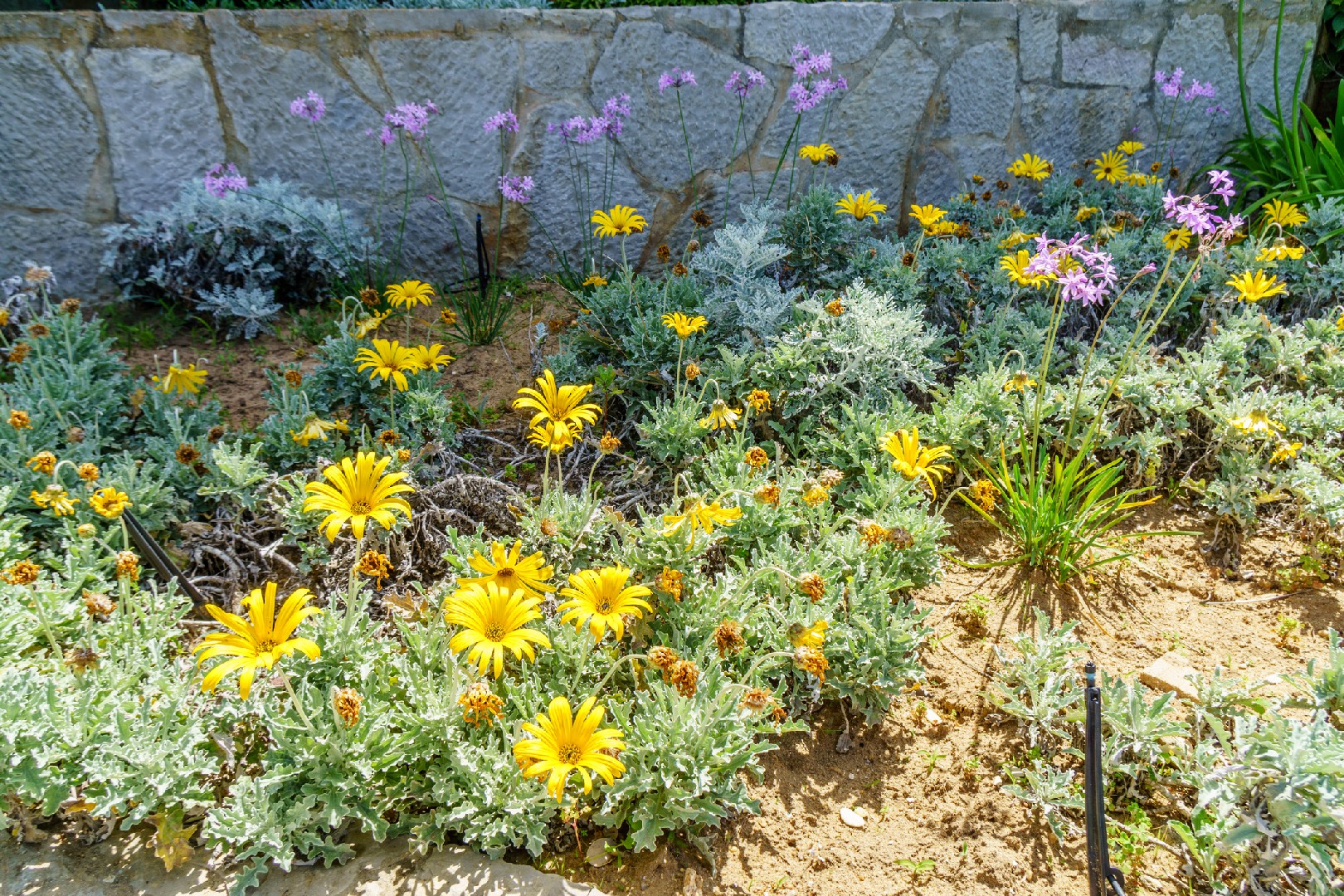![Rectangle]()
Understanding Drought-Tolerance
In today's environmentally conscious world, it is increasingly important to create gardens that are resilient and sustainable. Understanding drought-tolerant plants is a key component of eco-friendly gardening. These plants have the ability to thrive and survive in dry conditions with minimal water requirements, making them ideal choices for water-wise gardening.
Drought-tolerant plants offer numerous benefits to gardeners and the environment. By choosing these plants, you can significantly reduce your water usage. These plants have adapted to survive in arid climates, often featuring traits such as deep root systems that allow them to absorb moisture from the soil more efficiently. By conserving water, you not only reduce your environmental impact but also save money on your water bill.
One of the most attractive aspects of drought-tolerant plants is their resilience to changing weather conditions. As climate change continues to affect our planet, unpredictable weather patterns have become the norm. Drought-tolerant plants have evolved to withstand extremes in temperature and rainfall, making them an excellent choice for gardeners looking to create sustainable landscapes that can withstand environmental challenges.
When it comes to drought-tolerant plants, there are two main categories to consider: perennials and annuals. Perennials are plants that live for multiple years, often returning year after year. They establish deep root systems, allowing them to access water sources deep in the soil. Some popular drought-tolerant perennials include lavender, black-eyed Susans, and echinacea. These plants not only provide beautiful blooms year after year, but they also require less water maintenance compared to traditional garden favorites.
Annuals, on the other hand, complete their lifecycle in a single growing season. While they may not have the same longevity as perennials, they offer vibrant, showy blooms during their short lifespan. Drought-tolerant annuals, such as zinnias, marigolds, and cosmos, are a fantastic addition to any garden. They add pops of color and visual interest without requiring excessive watering.
To create a resilient garden using drought-tolerant plants, there are a few key considerations to keep in mind. Firstly, it is important to choose plants that are native to your region. Native plants are naturally adapted to your local climate, making them more likely to thrive and require less water. Additionally, incorporating organic matter into your soil can improve its water-holding capacity and increase the overall health of your plants.
Furthermore, implementing efficient watering techniques, such as drip irrigation or soaker hoses, can optimize water usage by delivering water directly to the plant roots. Mulching around plants can also help retain moisture in the soil, reducing the need for frequent watering.
By understanding the concept of drought-tolerance and incorporating drought-tolerant plants into your garden, you can create a sustainable and environmentally friendly landscape. Not only will you reduce your water consumption and minimize your ecological footprint, but you will also enjoy a beautiful garden that can withstand the challenges of changing weather patterns. Embrace the beauty and resilience of drought-tolerant plants and contribute to a greener and more sustainable future.





